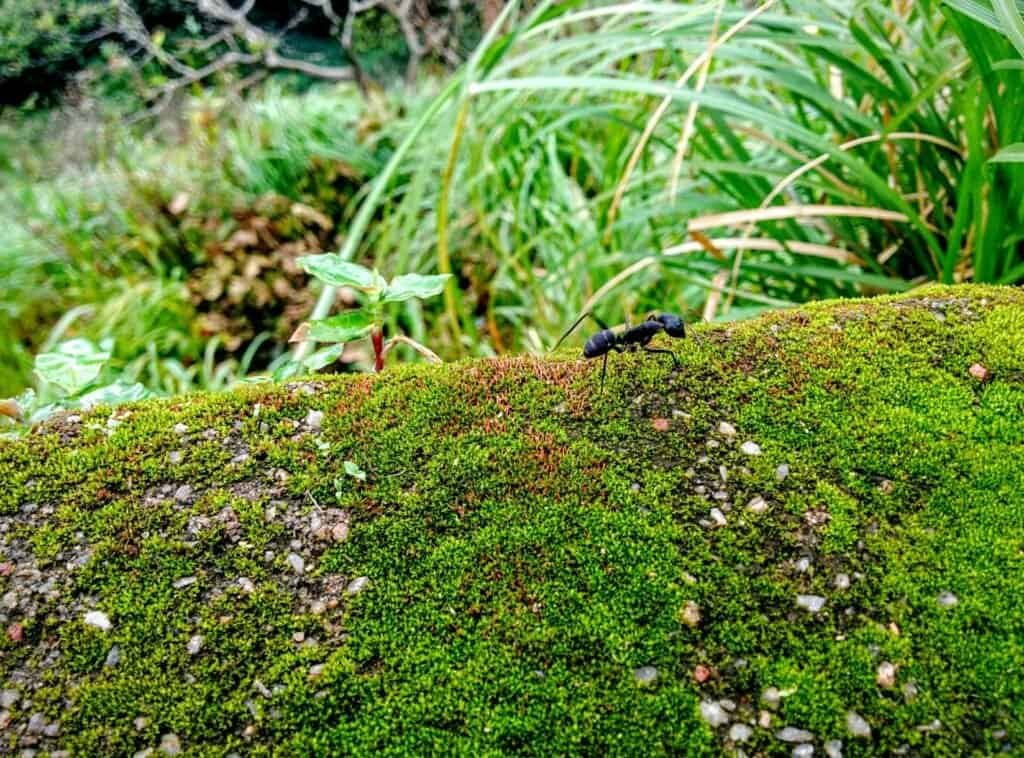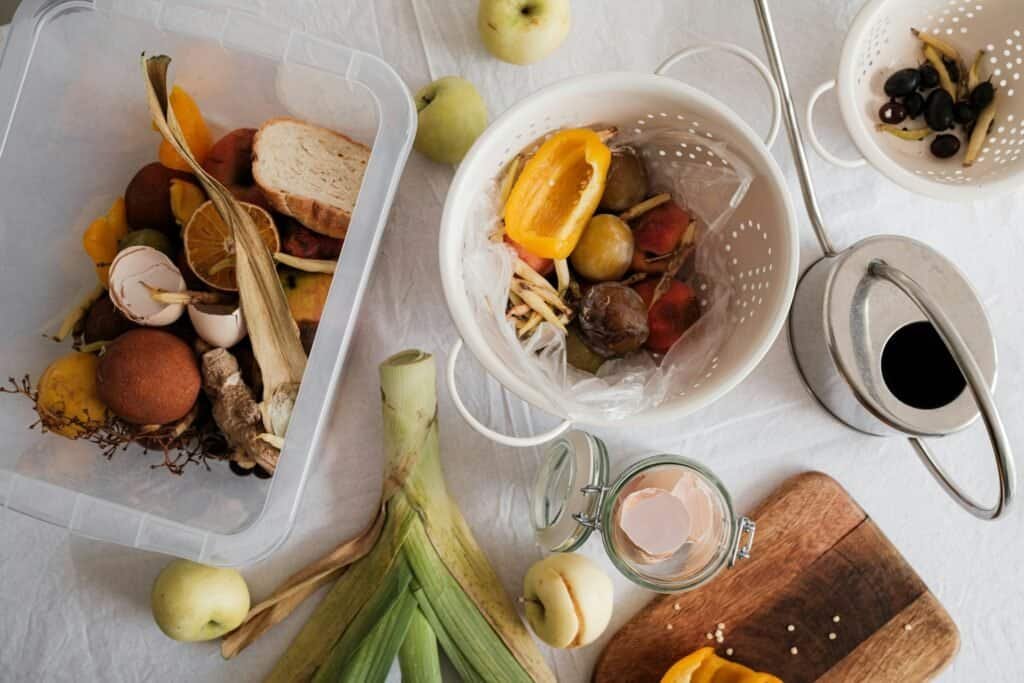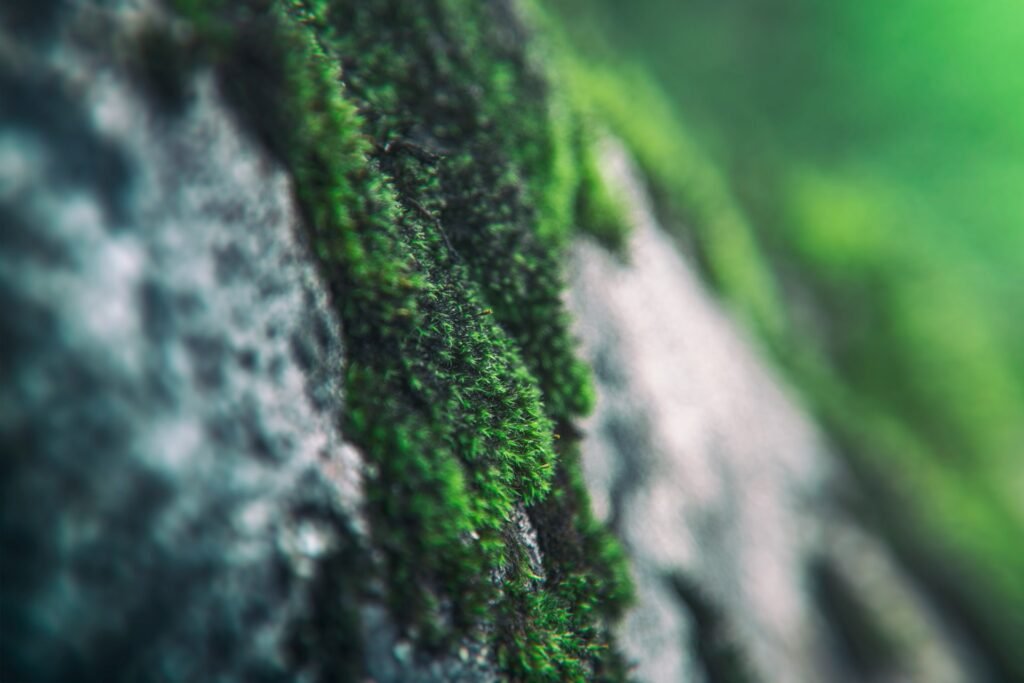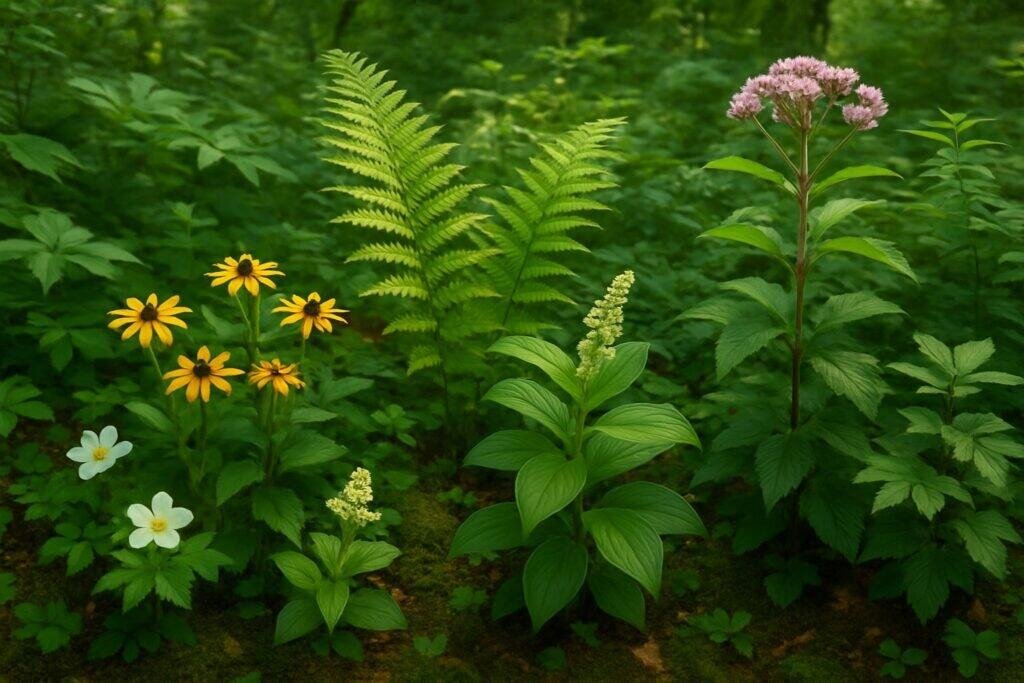To ensure plants thrive, gardeners often turn to soil amendments like peat moss and compost. These materials, when added to soils, can enhance the structure and nutrients in your soil, making it more conducive for plants to thrive. Both amendments serve unique purposes and can be tailored to support various garden beds and specific plants that thrive under different conditions.
Understanding Soil Amendments
Amending your garden soil is essential for promoting vigorous plant growth. Soil amendments improve soil structure, enhance nutrient availability, and help create an environment where roots can spread easily. Whether it’s peat moss or compost, incorporating the correct amendment can make all the difference in your gardening success.
Peat moss is a natural, organic material that accumulates in peat bogs over thousands of years. This fibrous substance is harvested from the decomposed remains of sphagnum moss and other plants, resulting in a highly absorbent and lightweight amendment ideal for various gardening applications.
How Does Peat Moss Improve Soil?
In sandy soils, peat moss plays a vital role by enhancing the soil’s ability to retain moisture and nutrients, which might otherwise leach away quickly. Its structure helps to increase the water-holding capacity, giving plant roots extended access to moisture. This is particularly beneficial during dry spells or in regions with well-draining soil.
Additionally, peat moss can improve the aeration of compacted soils, allowing roots to breathe and grow more effectively. Its tendency to slightly lower the soil pH can also be advantageous for acid-loving plants, making it a versatile choice for gardeners looking to address specific soil conditions.

Compost: The Breakdown of Organic Matter and Benefits
Compost is the result of decomposed organic matter, such as leaves, kitchen scraps, and garden clippings, transforming into a nutrient-rich soil amendment. It introduces beneficial microorganisms and nutrients that promote healthy plant growth and improve soil structure.
How Much Compost Do I Add to Clay Soil?
For gardeners dealing with heavy clay soil, adding compost can significantly improve soil texture and fertility. Generally, for new garden beds, incorporating a 2 to 4-inch layer of compost and mixing it into the top 6 to 8 inches of soil can create a more hospitable environment for plant roots. This helps alleviate compaction and allows better root penetration.
In established beds, a yearly top-dressing of 1 to 2 inches of compost can continue to build soil quality over time. The frequency and amount may vary based on specific garden needs, but a consistent addition of compost can transform unyielding clay soil into a thriving growing medium.
Analyzing Peat Moss vs Compost
When deciding between peat moss and compost, it’s crucial to consider the specific needs of your garden beds and the plants that thrive within them. Each amendment serves a unique purpose, and understanding their distinct benefits will help optimize soil health and plant growth.
Key Differences: Nutrient Content and pH Levels
Peat moss and compost stand apart primarily in their nutrient content and effects on soil pH. Compost is rich in nutrients and can help maintain a neutral soil pH, while peat moss is lower in nutrients and can acidify the soil, benefiting certain plants that prefer acidic conditions.
Does Peat Moss Make Soil Acidic?
Peat moss does indeed have a naturally acidic pH, which can lower the pH of the garden soil it’s mixed into. This is beneficial for acid-loving plants like blueberries and camellias, but gardeners should be cautious when using it with plants that prefer neutral to alkaline soils.
It’s important to test your soil’s pH before adding peat moss to understand its potential impact. In some cases, lime may need to be applied to balance the soil’s pH after incorporating peat moss, especially if the garden hosts a variety of plants with different pH preferences.
Sustainability and Environmental Impact
When considering the environmental impact of soil amendments, it’s essential to weigh the sustainability of peat moss against alternative options. Peat bogs, where peat moss is harvested, are vital ecosystems that take centuries to form and play a significant role in carbon sequestration.
Peat Moss is Dead – Why I Consider Living Soil Alternatives
Peat moss is sterile, meaning it lacks the nutrients and microorganisms found in living soil. This is why many gardeners are turning to alternatives that foster a more vibrant soil ecosystem, such as compost or slow-release fertilizers that promote the presence of beneficial organisms.
Utilizing living soil amendments not only enriches the garden with essential nutrients but also supports a more sustainable gardening practice. By choosing materials that regenerate more quickly and contribute to the overall health of the environment, gardeners can make a more responsible choice for their green spaces.
Practical Applications in Gardening
Applying the right soil amendments can help your garden soil retain moisture, enhance nutrient availability, and support strong plant growth. Knowing when and how to use peat moss or compost can lead to a more productive and sustainable garden.
When to Choose Peat Moss
Peat moss is an excellent choice for gardeners who need to improve water retention in sandy soils or for those starting seedlings that require a consistent moisture level. It can also be beneficial for adjusting the pH of the soil for acid-loving plants.
Does Peat Moss Loosen Soil?
Peat moss can help loosen compacted soil, making it easier for roots to expand and for the soil to retain essential nutrients. Its fibrous texture introduces air pockets into the soil, which promotes better root growth and overall soil health, particularly in dense, clay-heavy soils.
However, it’s important to mix peat moss thoroughly with the existing soil to prevent it from forming a barrier that can impede water movement. A well-incorporated blend of peat moss and soil creates an optimal environment for plant roots to access both water and air.
The Advantages of Using Compost
Compost offers a multitude of benefits for gardeners, from improving soil structure to providing a steady supply of nutrients. It fosters a healthy soil ecosystem, which is essential for organic gardening, and helps ensure long-term fertility and plant vitality.
Should I Mix Peat Moss With Soil?
Integrating peat moss with garden soil can enhance moisture retention, particularly in sandy soils that struggle to hold water. Peat moss, comprised of partially decomposed plant material from bogs in the northern hemisphere, is ideal for gardeners looking to improve soil structure. However, caution is advised as peat moss can lower the soil’s pH, making it more acidic. It’s best used in moderation and combined with other amendments to maintain a balanced soil ecosystem.
When considering peat moss as an amendment, blend it thoroughly with soil to avoid any issues with water absorption. The partially decomposed nature of peat moss means it doesn’t offer much in the way of nutrients, so it’s often paired with nutrient-rich amendments such as compost to optimize plant growth and soil health. This combination can offer the best of both worlds—moisture retention and a boost of organic matter.
Enhancing Soil Composition
Effective soil management involves strategic mixing of amendments to create a fertile, well-draining growing medium that supports robust plant health.
Mixing Strategies for Optimal Plant Health
Employing a careful balance of components to achieve an acidic pH can be critical for plants that thrive in such conditions, like blueberries and azaleas.
Does Peat Moss Raise pH?
Contrary to raising pH, peat moss naturally lowers the pH of the soil due to its acidic nature. This is beneficial for acid-loving plants but may require the addition of lime or other alkalizing agents for plants preferring a neutral or slightly alkaline pH. Regular testing of soil pH is essential when using peat moss to ensure it remains within the desired range for your plants.
Addressing Specific Soil Challenges
Peat moss can be a valuable tool in resolving specific soil issues, particularly where water retention is problematic.
Soil Problems Solved with the Right Amendment
Whether dealing with compacted clay or nutrient-poor sandy soil, the right amendment can transform garden soil into a fertile foundation for plant growth. Peat moss, for instance, can lighten heavy soils, while compost introduces decomposed organic matter that enriches and revitalizes the soil structure.

Frequently Asked Questions
Addressing common queries can help gardeners make more informed decisions about their soil management practices.
1. Are peat moss and compost the same thing?
While both peat moss and compost are used to amend garden soil, they are not the same. Peat moss is sterile, consisting of partially decomposed sphagnum moss accumulated over thousands of years, often in bogs of the northern hemisphere. It has an acidic pH and does not contain the nutrients and microorganisms found in compost. Conversely, compost is decomposed organic matter, rich in nutrients and beneficial microorganisms, with a neutral or slightly alkaline pH. Understanding these differences is key to choosing the right amendment for your soil’s needs.
2. Longevity and efficiency in the garden
Choosing the right ingredient in potting mixes or soil amendments like peat moss can influence the longevity and efficiency of your garden.
3. How long does it take for peat moss to break down?
Peat moss is known for its slow decomposition process, often taking several years to break down fully in garden beds. This fibrous material’s resistance to decay makes it a lasting ingredient in potting mixes, providing a stable growing medium for seedlings in a greenhouse. The slow rate of peat breakdown is beneficial, as it maintains soil structure and aeration over time, contributing to healthier plants.
Choosing the Right Amendment for Your Garden
When deciding between peat moss and compost, consider the specific needs of your plants and garden. Peat moss is excellent for moisture retention and is an essential ingredient in potting soils, especially for acid-loving plants. The benefits of peat moss include its ability to hold nutrients and water, making it ideal for containers and seed-starting mediums. Compost, rich in nutrients and organic materials, is best for enriching garden soils and promoting healthy soil ecosystems.
Comparative Analysis: Which Is Better for Your Needs?
Consider your garden’s conditions and what you’re growing to determine whether peat moss or compost better suits your needs.
Give Soil³ a Try: A Case for Compost-Based Mixes
Compost-based Soil³ acts as a slow-release fertilizer, gradually providing essential nutrients to the soil and plants’ roots over time. Unlike peat moss, compost is rich in organic matter and offers immediate benefits, enhancing soil structure and fertility. This makes Soil³ a valuable component for gardeners aiming to build healthy, nutrient-dense soil with sustainable gardening practices.
Nurturing Your Garden: Final Thoughts on Peat Moss vs Compost
Gardening is not just about growing plants; it’s about cultivating a living ecosystem. Peat moss and compost both play roles as soil amendments but serve different purposes. Compost is rich in nutrients, improves soil structure, and encourages beneficial microbial activity. It also helps with moisture retention and introduces organic materials back into the soil. Peat moss, while excellent for acid-loving plants and moisture management, is strictly regulated due to environmental concerns. Ultimately, the choice between peat moss and compost hinges on specific gardening practices, soil needs, and sustainability goals.
Making Informed Decisions for Soil Health
Smart gardeners rely on research from state universities to make informed choices about soil health. By understanding the role of compost as a soil enhancement, rich in essential nutrients, and the sustainable harvesting of peat moss, gardeners can choose amendments that result in healthier plants and a more vibrant garden.
Introducing Brie the Plant Lady: Insights on Soil Amendments
Brie the Plant Lady is a garden expert who advocates for effective soil amendments to nurture and sustain garden vitality. Her insights help gardeners understand the balance between moisture retention, nutrient supply, and the importance of creating a living soil environment. Brie emphasizes the use of compost to foster a rich, organic foundation for plant growth and the judicious use of peat moss for specific gardening applications.


